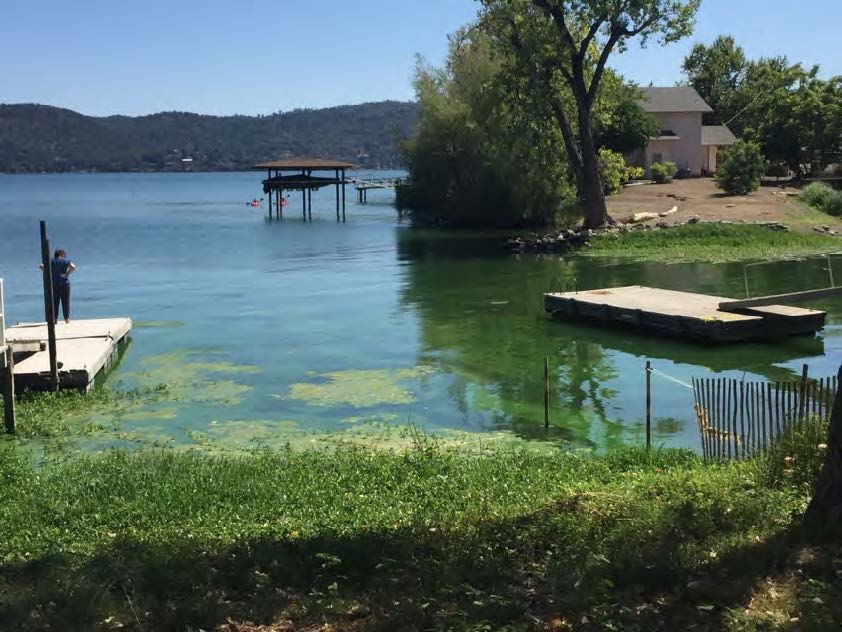Causes of cyanotoxin-producing blooms to be investigated in Northern California lake

SCCWRP and its partners have launched a two-year study to investigate the environmental factors that are driving the proliferation of ecologically disruptive, toxin-producing cyanobacterial blooms in Northern California’s Clear Lake.
The study, which kicked off in November, will use state-of-the-art remote sensing and observational technologies to gain insights into when, where and why the blooms are occurring. Clear Lake is California’s largest freshwater lake; concentrations of the microcystin toxin have been above the state’s trigger levels for recreational uses in five out of the past six years.
The methods and technologies being tested in Clear Lake will help inform similar efforts statewide to better understand how managers can mitigate and prevent cyanobacterial blooms.
More news related to: Eutrophication, Harmful Algal Blooms